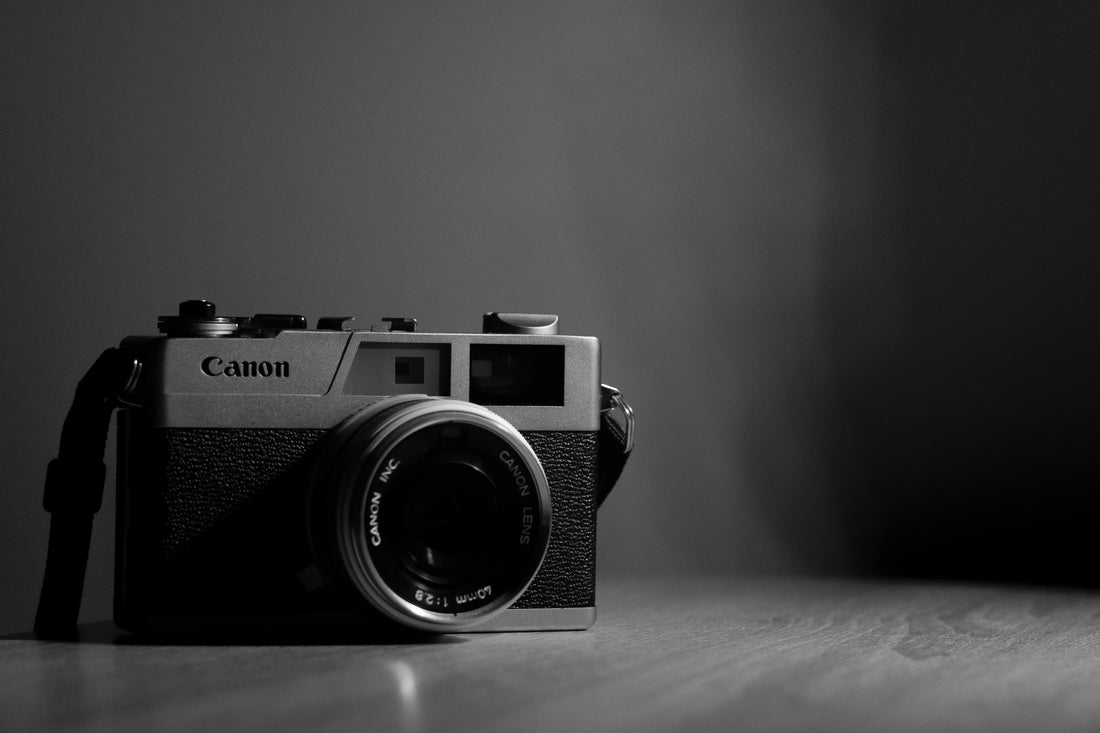Arguably the most accessible medium, photography is beautiful and easy to understand, making it a great entry point for new collectors. We have never known a world without photography and as a result, there is a growing audience for photo-based work, which no longer appeals only to highly specialized collectors. Coutts Bank ranked photography as the most valuable and fastest-growing collectible segment, while the fine art and classic cars sectors went down. Furthermore, photography can diversify an existing collection of paintings and prints. Keep reading for our noteworthy tips for first time as well as seasoned photography collectors.
“So much has been written about my work with reference to painting. That my works look like paintings. In a way that’s right. But in another way it’s completely not right, because I insist I am a photographer, and if there is a quality in my work, it is because I am a photographer, it is not because it’s something that reminds you of something else.” –Andreas Gursky
 Andreas Gursky, The Rhine II
Andreas Gursky, The Rhine II
Photography is immediate.
You are able to hone in on what you like based on your immediate reaction to it. While the photographer faces a challenge not felt by other artists—the physical constraints of the real world—when they are able to depict something we may miss IRL the effect is breathtaking. Early photographers took their inspiration from painting and contemporary photography still pays homage to many of the same themes and subjects as both the medium’s pioneers.

"Catching Air" by Anitra Lavanhar | Available in 3 sizes and 3 editions
Collecting photography requires a smaller financial investment than many other mediums.
That being said, the variety of influence and inspiration found in contemporary photography is limitless. Some RedDot photographers try to capture the beauty in simplicity, while others want to portray details that might go overlooked at first glance. Scroll down to see what they say about their choice of medium...
“From an ever-growing archive of film photographs, I draw parallels between different geographies and points in time. I take life in pieces, responding to it as it occurs, and collecting it. The archive is a sanctuary for these remnants until a complete story can be told.”
-Chris D'Amore

"Fire Escape II" by Chris D'Amore | Available in two sizes and two editions

“No. 116” by Mary Claire Griffin | $500 | Edition of 10
As with any medium, buy what you love. There is no financial risk in buying a piece you want to live with, as the aesthetic value won’t waiver. And by investing time and love, as well as money, in early-career photographers, you’re investing in the future of the medium. A few tips:- Generally, the fewer prints in the edition, the higher their worth
- Larger prints will typically cost more
- Not all prints will have been made at the same time
- You should always buy museum standard archival prints (note: all prints sold on RedDot are archival prints and they will all come signed and numbered)
- Be sure to frame your photograph with UV glass to preserve the quality of the image. Photographs are much more fragile than other mediums, and preservation is crucial

